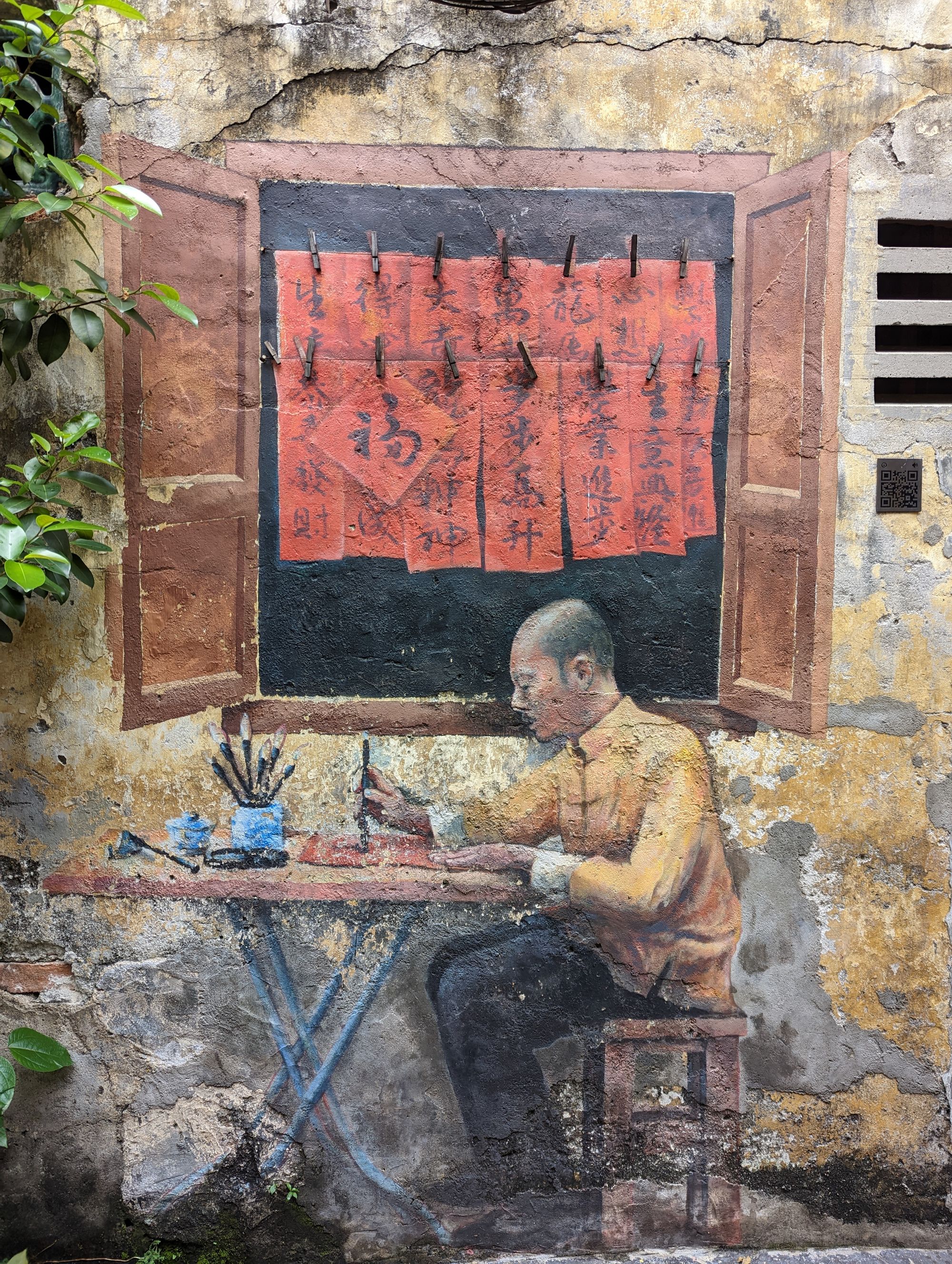Singapore and Malaysia reflections

As the transitional decompression activity between my previous role as technical product manager at Indeed and my new role as product lead for Japan at Wolt (now DoorDash), I took a quick trip to Singapore and Malaysia. Some thoughts follow.

Singapore
I made Singapore a very tight part of the trip; just two nights to run around the city. I had two goals:
- See the highlights to check the box, and
- Assess whether I'd want to live in Singapore again.
The former was mostly a success; it's a small city that is not famed for its depth of history and tourist activities. Don't get me wrong, it was pleasant: I enjoyed plenty of hawker food and a long late night snacking crawl through Little India; the gardens are pretty; the mashup of Chinese/Indian/Malay/European influences was fun to see. I could certainly have kept myself entertained for another day or so, but I hit the tourist highlights. Silly photos with the mer-lion were taken.
The latter was harder to evaluate. As a tech worker who enjoys living life as a foreigner, Singapore is on my short list of viable places to live while keeping my career moving. With Hong Kong dying and China firmly off limits on moral grounds, Singapore is one of the few tech destinations in APAC. So, I want to like it.
The climate was also less brutal than I feared – I am very much not a hot weather person, and I went in expecting for it to be terrible. Mid-September was mostly fine, though; I took long walks all over the city in shorts. While permanent summer would get boring, the heat seems doable.
That said, the feeling that Singapore is a shopping mall populated my short- and medium-term passersby was hard to shake. In contrast to Tokyo, Singapore's local scene seems thin, and the foreigner scene seems thick.
Still, I have no idea what I'm talking about; I spent less than three full days there. I distinctly remember that during my first visit to Tokyo in 2015, I thought the city was absolutely unlivable, an overcrowded grey jumble of concrete that I could never enjoy. Nearly six years into a generally happy Tokyo life, it's clear my initial assessment was wrong.
Malaysia

I went to Malaysia without knowing much of anything about the place. I cached articles and videos on its history and culture for the flight; as a result, I landed knowing literally 10 times more about Malaysia than when I took off.
Despite my lack of preparation, Malaysia proved to be an absolute delight. The former colonial cities of George Town and Melaka were especially salubrious.
For those who knew as little as me, the short version is that peninsular Malaysia's position on the shortest water route between the Indian Ocean and the Pacific Ocean has made it a crossroads of the world. The native Malay population dealt with Thai incursions, played host to Zheng He's expedition and a Ming Chinese garrison, and absorbed waves of Indian traders and missionaries, many of whom settled into permanent populations that become a huge part of the cultural and economic life of the region for centuries.
The European colonial era saw the different local rulers and European powers partner up and depose one another, with the Portuguese, Dutch, and English dominating in turn. They gave both George Town and Melaka a distinctive European colonial overlay to their already-diverse foundations.
George Town
The northern colonial town of George Town was a highlight of the trip. Thoroughly British in its colonial history, George Town is the dominant settlement on the island of Penang. I spent two days walking all over the town, and I happily could have spent a few more. The thought crossed my mind that if I had known about it earlier, it would have been a great town to spend a working holiday during the Covid remote work era.
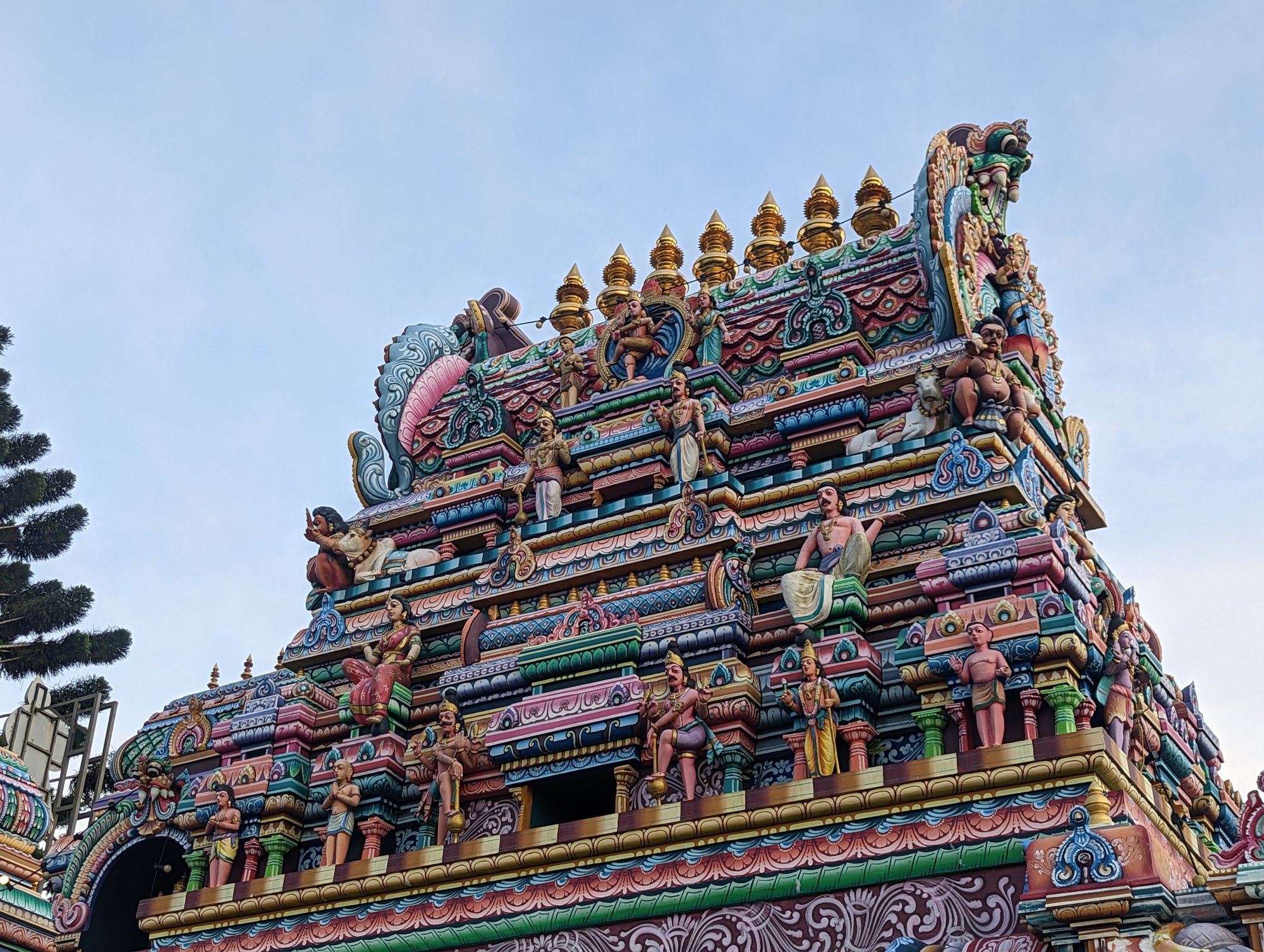
As with the other parts of Malaysia that I visited, the dense stacking and packing of different cultural influences is a real treat to explore, and presents interesting puzzles. Malay Muslim, Indian Hindu, and Chinese folk/Buddhist houses of worship are common, and their different constituencies seem to somehow live in three interleaved but independent communities. While I'm sure this isn't literally true, I don't recall seeing much mixing: for example, I don't think I saw any Chinese people at Indian restaurants, or vice versa.
George Town provides easy access to attractive and lightly populated beaches on the northern coast of Penang, as well as to a large forested national park at the northwest corner of the island. I learned a valuable lesson at that park: Don't carry an open coconut near a troop of monkeys. They will definitely take your coconut from you.

Street art is ubiquitous in the ex-colonial parts of George Town (and Melaka, below). The city has clearly leaned into street art as part of its aesthetic, creating a fun sense of discovery whenever you find an impressive piece of artistic work on the wall down some back alley.
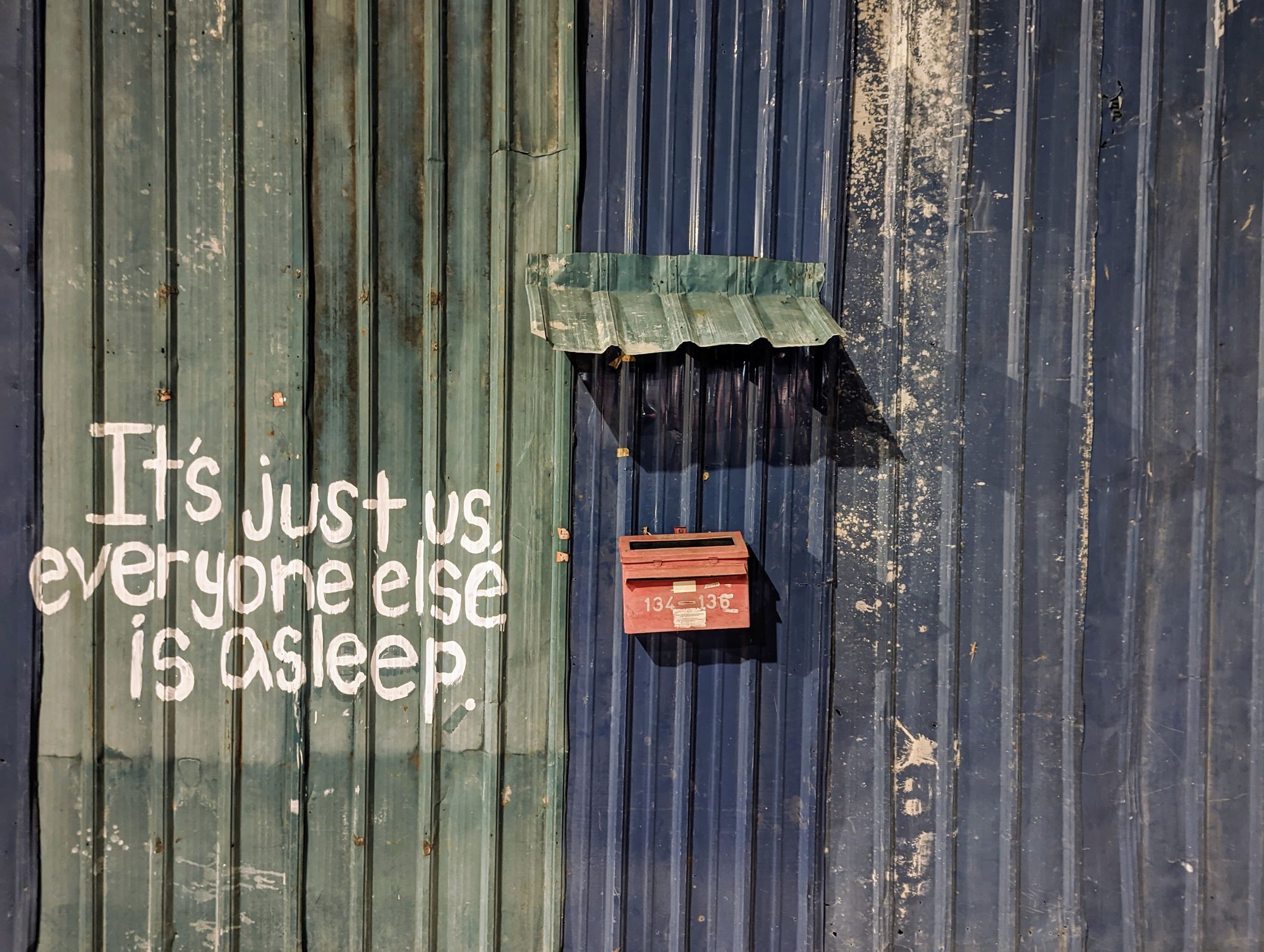
After two nights (still exploring when everyone else was asleep) in George Town, I flew south to Melaka. George Town was an absolute pleasure, though: I know I'll be back.
Melaka
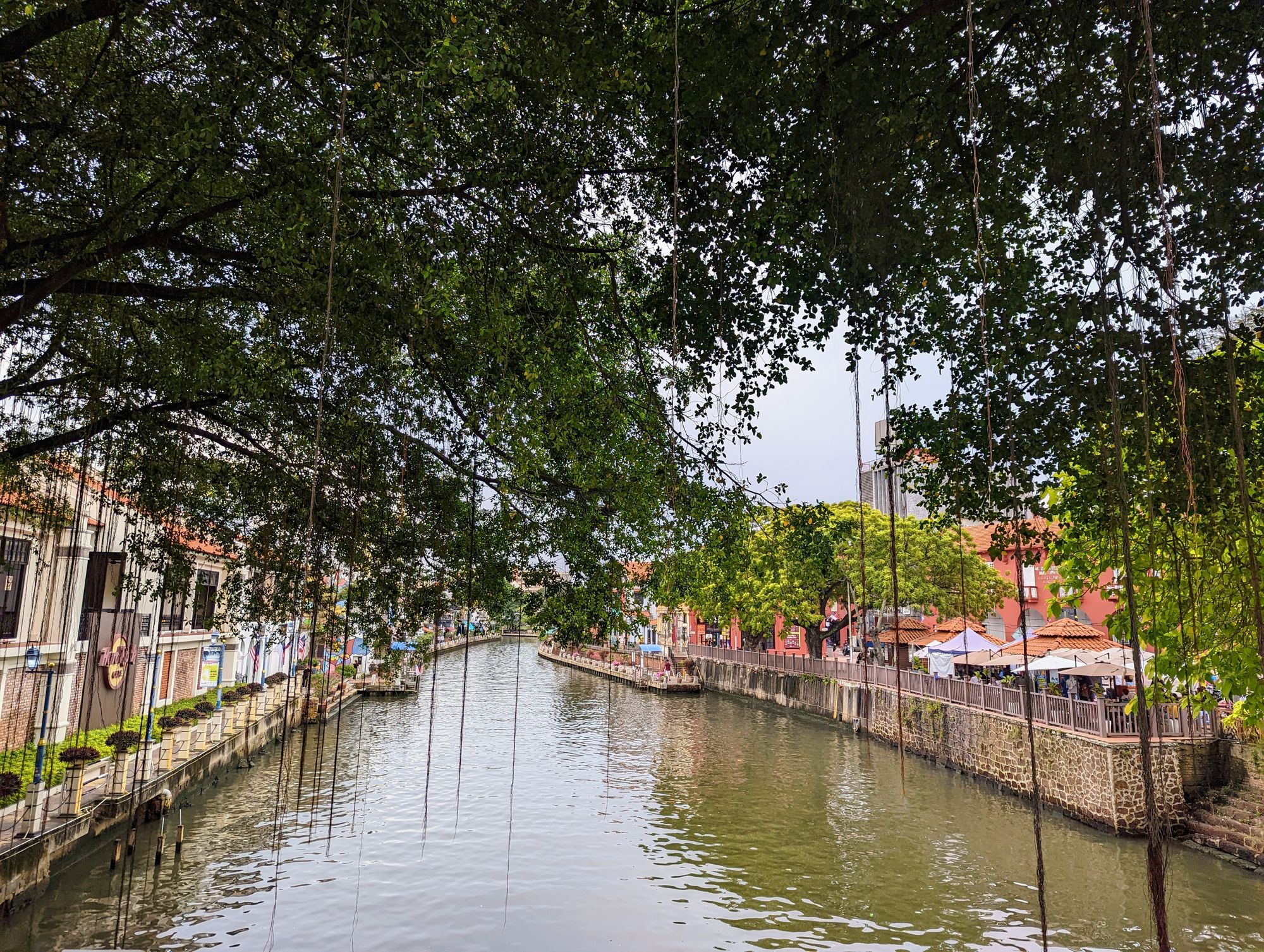
A Malay capital turned colonial garrison and administrative hub, Melaka is the older of the colonial cities. It's a rather small city, built along the Malacca River where it runs into the Strait of Malacca.
Melaka's main attraction is its river and the narrow streets squeezed between rows of quaint aging colonial-era buildings. Street restaurants and casual bars abound. Rickshaw drivers compete for tourist attention with completely over-the-top guady illumination on their cycles.
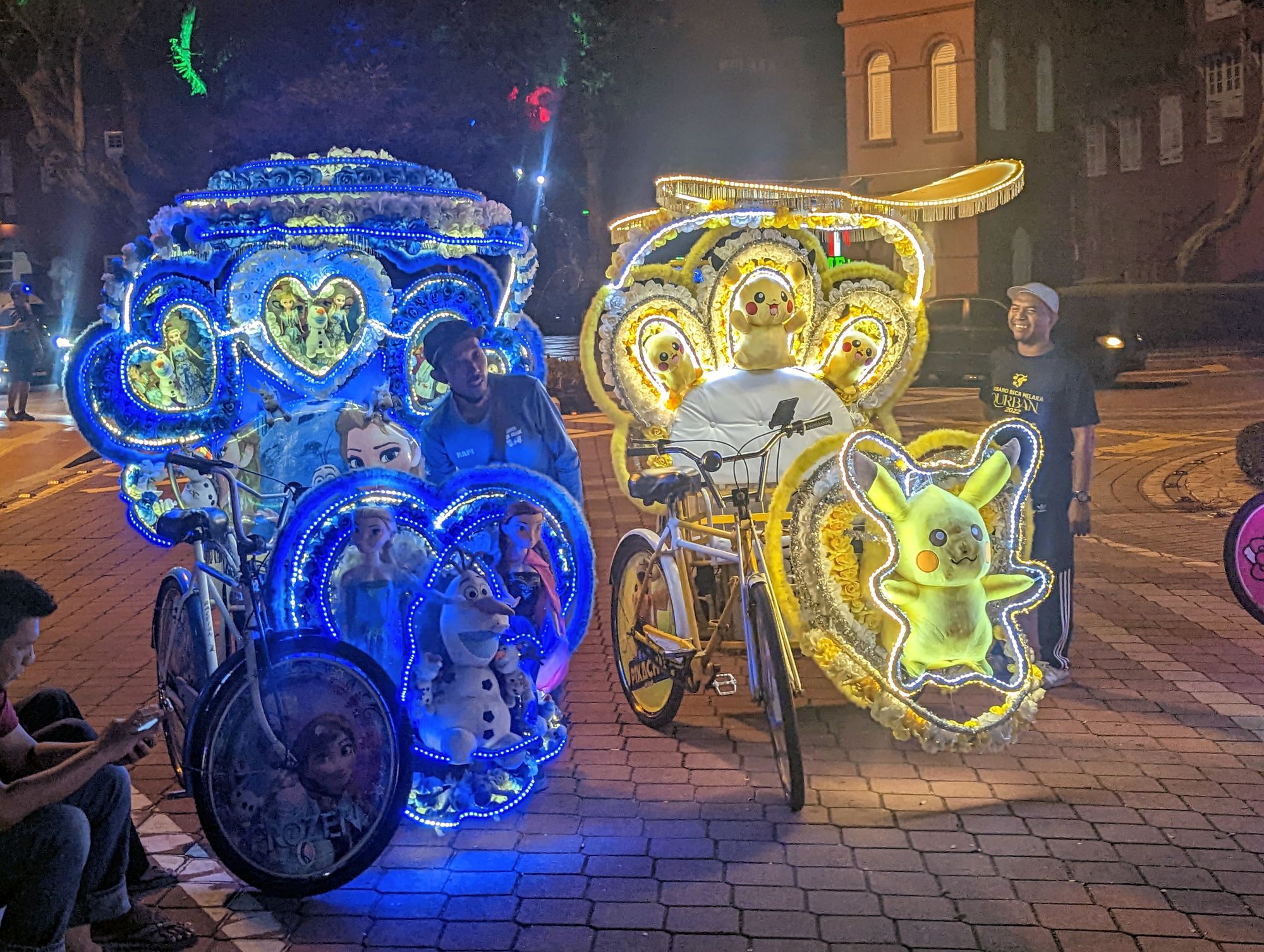
Evening river cruises show off the scenery. The old Dutch government buildings host a museum near downtown, and the ruins of a mixed Spanish and Dutch cathedral dominate the hilltop above.
I found the European colonial cemataries in the town especially striking, as the headstones provided evocative snapshots of the lives of colonists. Whatever our normative judgments of European colonialism today, the people led remarkable and often very short lives defined by a spirit of adventure and deeply held beliefs.
I spent one night in Melaka, and it could comfortably have been two. I strongly recommend it.
Kuala Lumpur
The last stop on my trip was Malaysia's capital, Kuala Lumpur. I was there for Malaysia's Independence Day, which celebrates the end of Malaysia's colonial subordination to the UK.
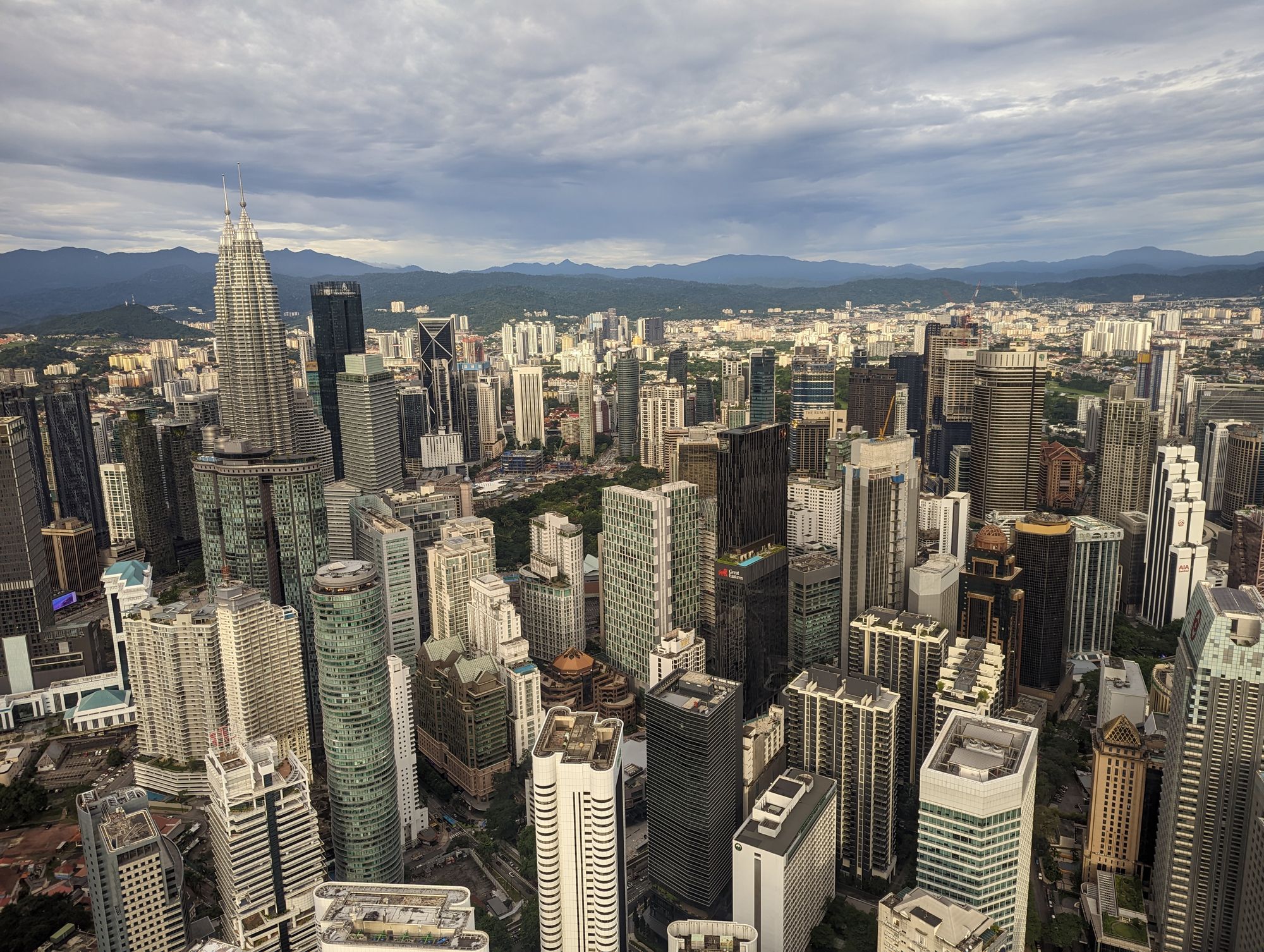
Kuala Lumpur was, to me, a bit underwhelming to visit. The holiday added some much-needed energy to the city, with the Petronas Towers lit up in the blue, red, and yellow of the Malaysian flag. There were some festivities in a few other public spaces. Overall, though, the city just didn't do much for me.
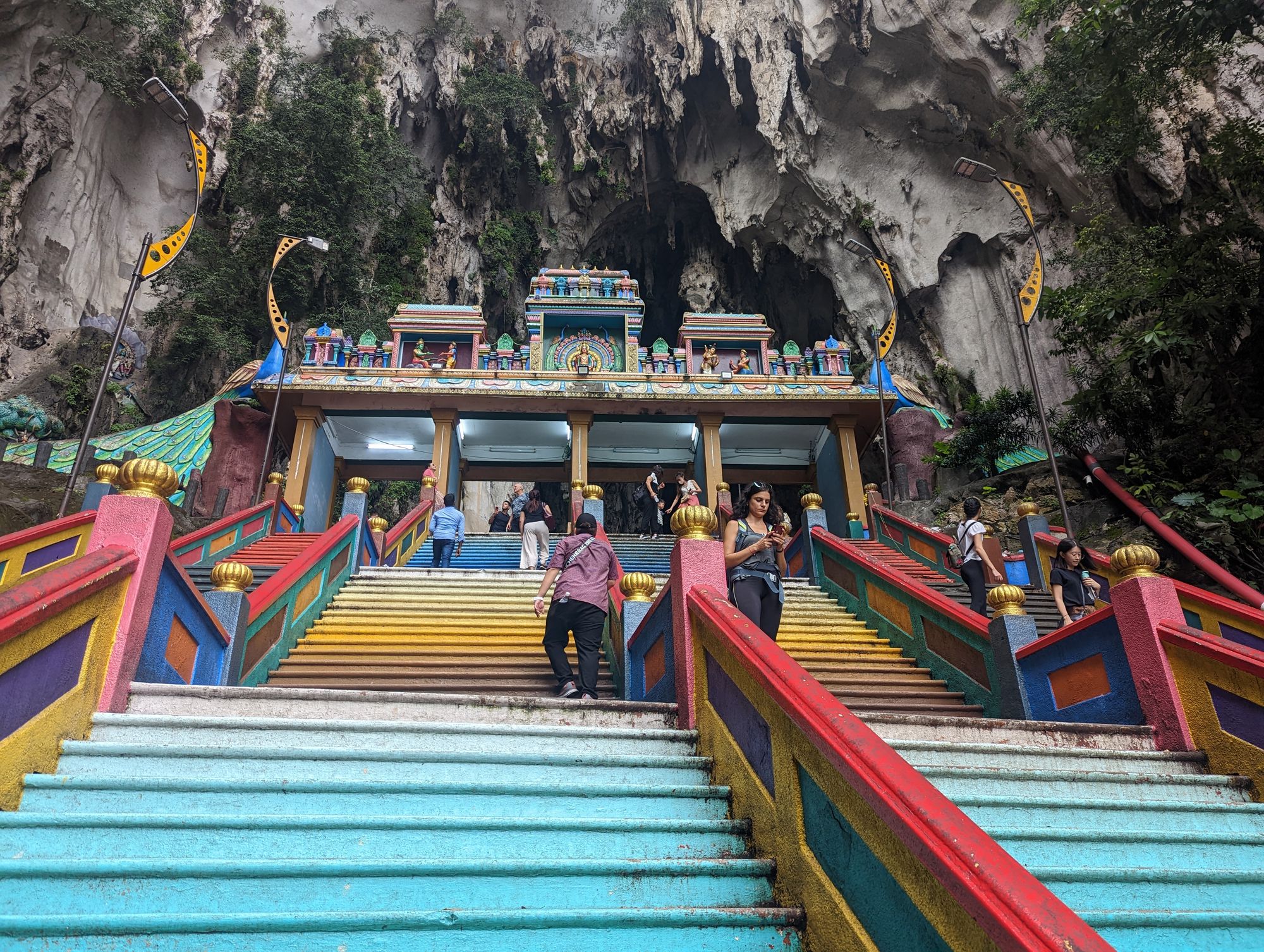
The Hindu temple at the Batu Caves was certainly the highlight for me. There are a few temples around caves at the base and top of a small mountain, and the vibrant paint across every surface is a visual feast. Monkeys clamber over everything, adding to the dynamism of the place.
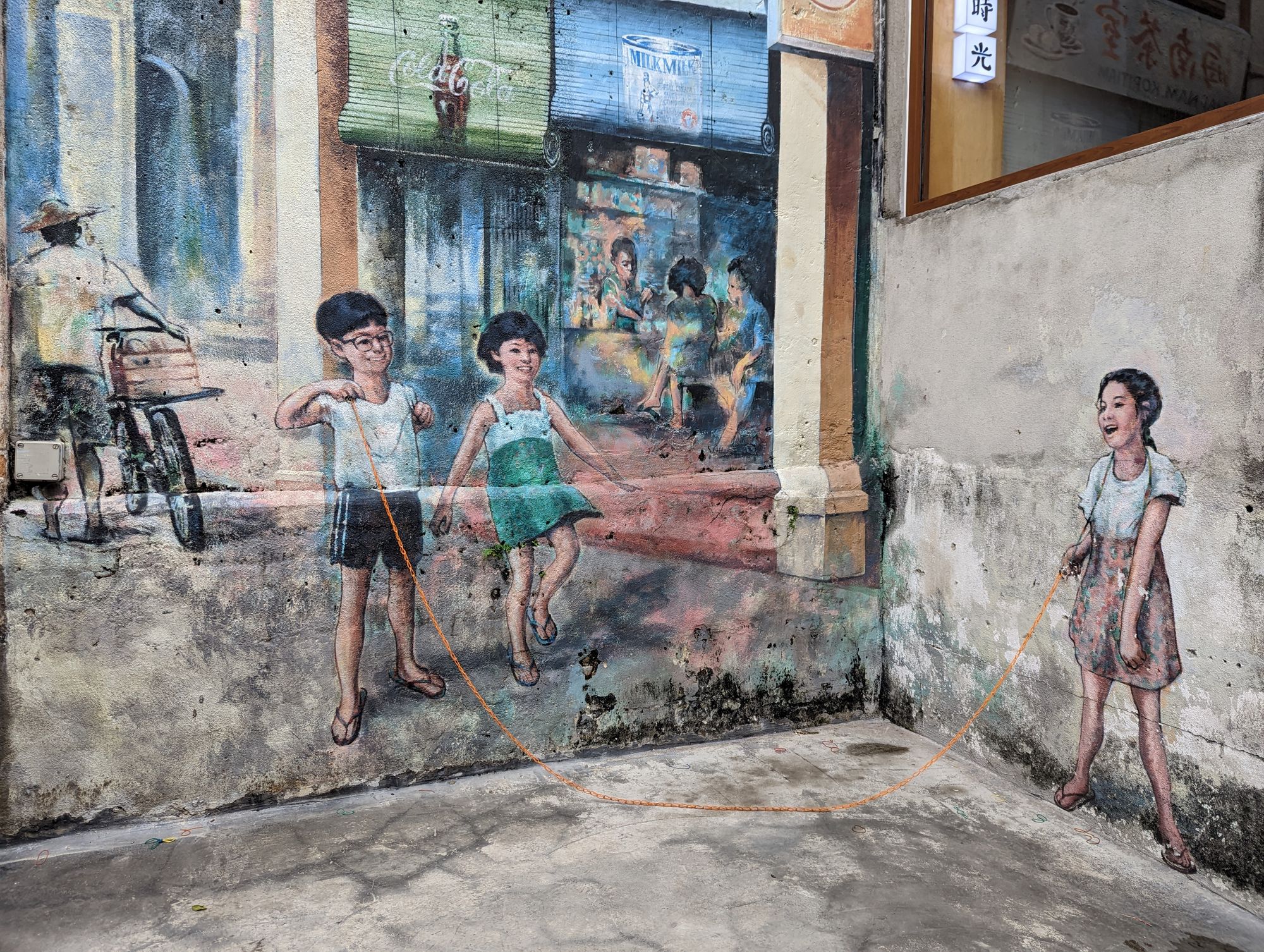
Otherwise, Kuala Lumpur was mostly an exercise in long walks to see items from the guide book, with plenty of breaks for street food. While the National Mosque, the area around the KL Tower, and a few hopping nightlife neighborhoods were pleasant, it didn't quite have the critical mass to make it worth the nearly three full days I spent there.
One thing that did strike me in Kuala Lumpur, though, was the extent of Japanese commercial engagement: Don Quijote, Isetan, and 7-Eleven all had significant footprints, and Japanese food was abundant. While the United States and China get most of the attention in discussions of soft power, Japan is no slouch, especially in Southeast Asia. Throughout the trip, Japanese retail and real estate conglomerates like AEON and the others described above were conspicuously present. American consumer and fast food brands were common, but marquee Chinese brands were relatively scarce. At least based on branding, Japan appears to have a very strong soft power position in Malaysia.
Closing Thoughts
Taking advantage of time between jobs for travel is always a good choice, and this was no exception. While I'm not sure that Singapore or Kuala Lumpur suit me very well, the smaller ex-colonial towns of Malaysia and the surrounding nature were wonderful. The food was fantastic – especially the cheap and abundant Indian roti canai flat bread and curry combo. People were accommodating, and the particular balance of having diverse cultural groups living side by side but with apparently strong distinctions between them was a thought-provoking puzzle to observe.
I am sure I'll be back to both Singapore and Malaysia, for whatever mix of business and pleasure travel. There's still a lot more to explore.
